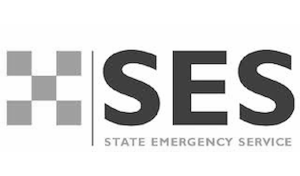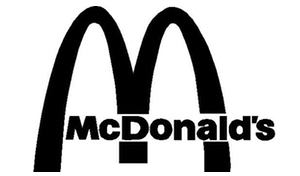
Blog
Body Talk: How Your Gestures and Movements Affect Your Work
One of the most interesting keynote speaking topics within our bureau is body language.
How you carry yourself, in a physical sense, can influence the way others view you, increase your chances of a promotion or raise and, overall, contribute to long-term success in your chosen career path.
So, as winter draws near, we’ve gathered up a few tips to help you make sure you present yourself as warm and friendly rather than cold and distant.
To quote Allan Pease, one of our body language speakers and an expert in the subject, “It’s how you looked when you said it, not what you said.”
The Smile Can Be Your Best and Worst Friend
In Allan’s book, The Definitive Book of Body Language: The Hidden Meaning Behind People’s Gestures and Expressions, he and his wife discuss smiling. Like you, we viewed smiling as a positive thing. But as we researched some varying opinions on this section of Pease’s book, we realized that a smile can work for you and against you.
Social research website Science of People pointed out that, while a good smile is disarming and contagious, it can also express weakness depending on the person with whom you interact.
“Smiling is inherently submissive and thus those seeking to appear powerful rarely smile,” the site said. “Optimally, in business, your smile should mirror those around you.”
If you laugh more than those around you, the experts at Science of People wrote, you could appear “easy-to-please” and less credible. If you smile less than your colleagues, you could appear stand-offish.
Hand Movements Matter
If you’ve ever attended a conference, you know that speakers often use their hands to emphasize their point.
In the workplace, the way you employ your hands as you speak can communicate a lot about your confidence.
In an interview with Business Insider, body language expert Tonya Reiman said that subdued hand movements express confidence.
“It is rare to see the alpha of the group wildly flailing about,” she was quoted as saying. “Powerful business people tend to use smaller, subtler hand gestures to demonstrate their point with authority.”
Think about your hand movements in the context of the age-old principle of poker: players with good hands tend to be quiet, subdued and confident, and those who are bluffing have less confidence, so they tend to talk louder and make bigger gestures.
Your Handshake Forms Your Colleagues’ Impressions
The final tip comes from Allan himself when he spoke in 2013 at a TEDx at Macquaire University.
“When you meet people for the very first time, the first four minutes you meet the person you decide whether you’re going to give them a fair hearing or reject them.”
The best way to shape those four minutes is a good handshake. But a handshake isn’t as simple as you think.
“You get one of three gut feelings and it has to do with two things: the angle of the hand and the power of the hand,” Allan said.
The key to making a good impression on someone and/or putting them at ease is to meet their angle and power. Don’t try to dominate them, but on the same hand don’t be too timid.
Interesting fact: The saying “upper hand” comes from Roman times and is based on the handshake pictured below:

If you want to learn more about the history and meaning of the handshake, check out Allan’s full TEDx presentation here:
Finding the Right Body Language Speaker
As we mentioned earlier, Allan Pease is part of our talented team of keynote speakers who are experts in body language. Click here to see our line-up of body language speakers, or head to our Contact Us page to begin a correspondence.
Recent Posts
-
Working From Home — Ultimate Security Tips for a Safe Home Office
-
Unexpected Ways Stress Affects Your Body
-
The Worst Mistakes to Make When Working from Home
-
The Undeniable Worst Mistakes to Make in a Meeting
-
The Top 6 Myths About Leadership Debunked
-
The Best Apps for Busy Professionals
-
Is Telecommuting the Answer to Work-Life Balance?
-
The Importance of Career Goals to Boost Success at Work
-
The Shocking Dangers of Workplace Burnout
-
How to Restart Your Positive Emotions
























